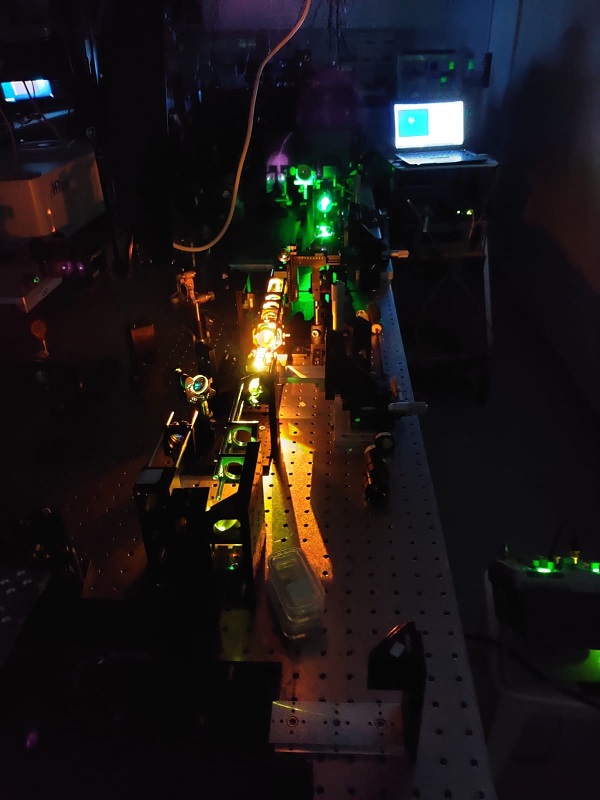New technology from researchers at Tel Aviv University has the potential to help cameras recognize colors that are invisible to the human eye. The development has potential to advance applications in fields such as computer gaming, photography, security, medicine, and astronomy.
The technology relies on imaging upconversion, a nonlinear optical technique in which mid-infrared photons combine with pump photons in a nonlinear crystal and are converted into visible near-infrared photons. The technique has been used successfully before, professor Haim Suchowski of Tel Aviv University’s department of condensed matter physics told Photonics Media, but has been limited by phase-matching, which stipulates that efficient conversion cannot be spectrally broad.

Tel Aviv University’s proof of concept demonstrated the ability to capture images in the infrared range using a standard RGB CMOS camera. Courtesy of Tel Aviv University.
“Following from this limitation, spectrally broad upconversion imaging can be obtained only sequentially and for each and every wavelength to be converted and imaged, the crystal phase matching needs to be tuned,” Suchowski said. “In our work, we break this paradigm and demonstrate broad and efficient upconversion in a single shot, allowing ‘color’ imaging on a standard RGB CMOS camera.”
The researchers are working with private and public stakeholders to develop a commercially viable, engineered device that can transform cameras, even consumer-grade DSLRs, Suchowski said, into mid-infrared “color” cameras.
The device, the researchers hope, will make infrared imaging more accessible, as existing technologies such as cameras with dedicated semiconductors sensitive to mid-infrared can be expensive. The researchers’ technique, Suchowski said, allows for more sensitive, uncooled, faster, and spectrally resolved detection.
The research was published in Laser and Photonics Reviews (www.doi.org/10.1002/lpor.202000040).